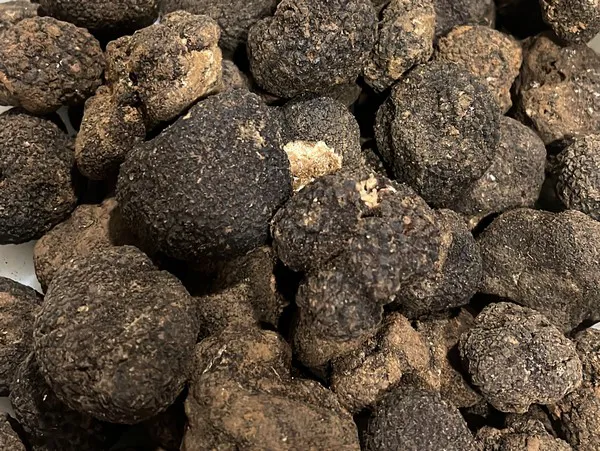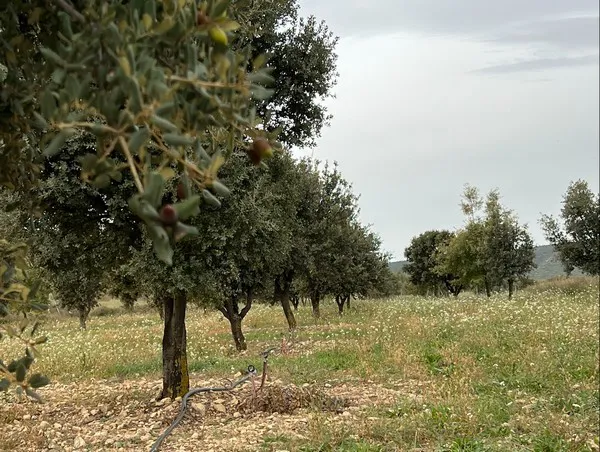November 15 marked the official start of the black truffle (Tuber melanosporum) season in Spain, and a few days later it is kicking off in the province of Teruel, the world's largest producer of this fungus. The sector believes that prices this campaign could reach record levels.
"People started harvesting the first truffles 2-3 weeks ago to see what their condition was, and the truth is that this year the quality of the truffles is not the best due to the summer heat. Drought is not such a determining factor in the quality of truffles, although the fungus needs rain to grow and develop," said Jaime Gorriz, of Trufas Gorriz. "Irrigated plantations will not have production problems, although the lack of rainfall is taking a toll in the countryside."

"Last year, the dry weather caused there to be a poor wild truffle harvest, and this year it is also expected to be bad. Only in the areas where it has rained and temperatures have been a little colder will it be possible to find wild truffles of sufficient quality."
Teruel is the world's largest producer of Tuber melanosporum, which is only detectable when it has reached its correct maturity. A considerable percentage of the volume of this delicate fungus harvested worldwide comes from the province's fields, where it has the ideal soil and climatic conditions for its development.
"Normally, to obtain a kilo of quality truffles, a careful sorting process is needed, but this year the sorting will have to be even more thorough due to the low quality we are seeing." Truffles dehydrate quickly when they are removed from the soil, so they are harvested the same day that they will be marketed in order to prevent volume and quality losses that will affect the prices. "We still don't know the price for which the first black truffles will be sold, but it should be much higher than last year's, perhaps around a thousand Euro per kilo for the best quality truffles. What is certain is that whoever can offer a good product will sell it all this year, because there will be scarcity," said Jaime.

The black truffle, whose harvesting season lasts until March 15, is the most sought-after of all the varieties of these hypogeous fungi, as it is highly appreciated and has great culinary value. Trufas Gorriz markets its truffles in Spain, mainly to restaurants and directly to end customers, and works with European wholesalers and distributors, mainly from Italy, France and Germany. But Tuber melanosporum is not the only species of the Tuber genus that grows in the forests of Teruel.
From May to September, the summer truffle, or Tuber aestuvum, is also harvested. Despite its lower commercial value compared to the black winter truffle, the summer truffle is also grown, although to a lesser extent, in mycorrhizal plantations in the province. "Sometimes, during the summer truffle season, we at Trufas Gorriz pick them in the countryside, or we collaborate with local pickers who work with them," said Jaime Gorriz.
"One variety which does cause problems is the Tuber brumale. This truffle is very similar to the black one, and it grows at the same time, but it is a completely different species. It does not have the same aroma or the same quality as the Tuber melanosporum and, therefore, cannot be marketed at the same price."
The appearance of the Tuber brumale in the habitat of the black truffle can cause the displacement of the latter's production, as both share the same ecological niche. "In fact, when it appears in plantations and in wild black truffle growing areas, it is considered a contaminant."
 For more information:
For more information:
Trufas Gorriz
Rubielos de Mora
44415, Teruel, Spain
Tel.: +34 613 062 255
info@trufasgorriz.com
https://trufasgorriz.com
